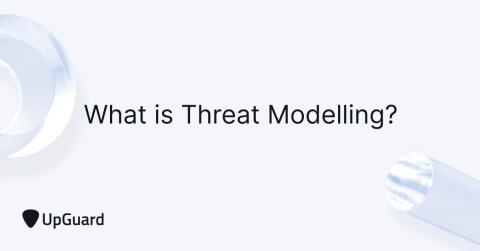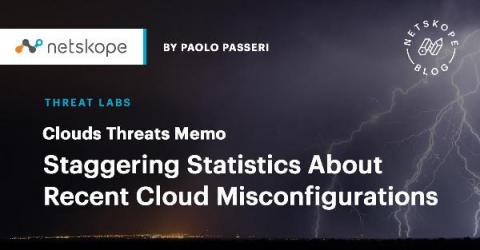SentinelOne Advanced AlienApp
In today’s threat landscape there is no escape from having a 360° view to protect crucial organization assets. The criticality of the matter is greatly amplified in these times where working remotely has become vastly common among Enterprises and SMBs alike. An ideal security solution would combine threat detection & response on cloud resources as well as on the endpoint level, providing extensive, real-time and impactful coverage customers desperately need.










